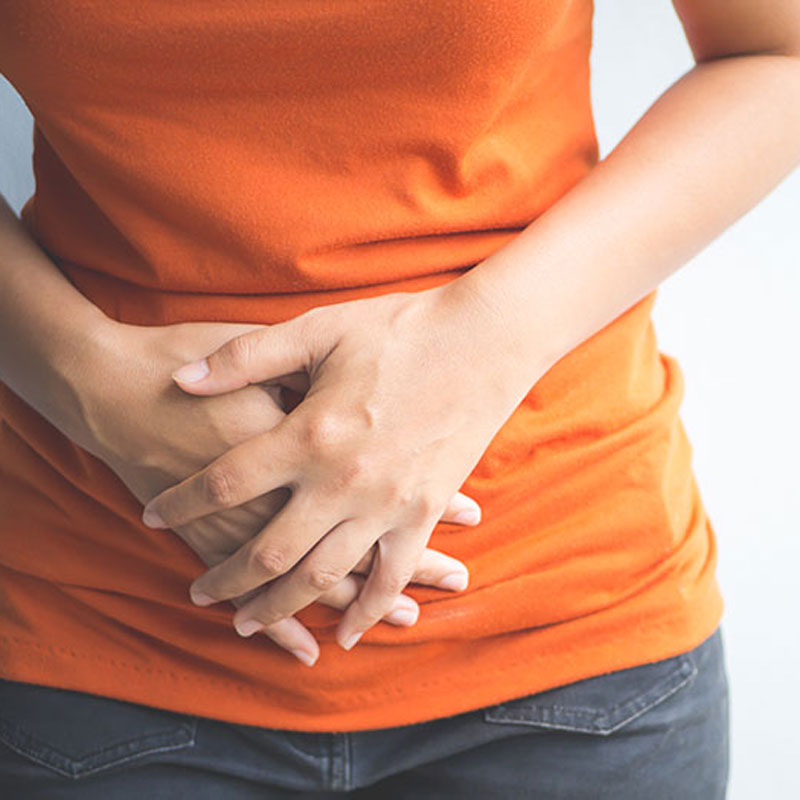Expert Uterine Fibroid Embolization Treatment in Houston, TX
Understanding Uterine Fibroids & How to Treat Them
Premier Vein & Vascular Center is proud to offer Uterine Fibroid Embolization, a non-surgical procedure that significantly reduces the size of your fibroids and relieves your discomfort. When you suffer from uterine fibroids, it is important to find a clinic that ensures quality patient services and outstanding health care. At Premier Vein & Vascular Center, our specialists are committed to providing you with the best vascular treatments to relieve your discomfort and your restore health.
How Should I Prepare for the Procedure?
Once the doctor has determined that UFE is right for you, a nurse will be calling you to give you instructions for before and after the procedure. You will need to fast after midnight the night before your procedure. You can take your medications with a small sip of water. You will need someone to drive you to the office for your procedure. You may be able to go home from the office the day of your UFE, but more than likely you will be admitted to the hospital for observation overnight. You will be sent home with a prescription for pain medication and anti-nausea medication. Generally anti-inflammatory medications like Ibuprofen and Aleve work very well for any cramping or discomfort after you are discharged. Most patients can resume work and normal activities within 2-3 days.
How Are Fibroids Treated?
Hysterectomy has traditionally been the mainstay of treatment for fibroids. In patients who wish to maintain fertility, surgical removal of the fibroid can be performed, but can result in intraoperative bleeding, and/or subsequent recurrence of the fibroids. Uterine Fibroid Embolization (UFE) is a non-surgical, minimally invasive therapy that has emerged as an alternative to surgical procedures. UFE is performed by an interventional radiologist, and involves injecting tiny particles into the arteries that feed the fibroids. This is done through a tiny tube that is inserted into the groin. The procedure can be done in an outpatient setting, or more commonly can be associated with a one night stay in the hospital.
What Is the Success Rate of UFE?
Clinical success rates for UFE range from 81% to 94%. You should expect a decrease in your menstrual bleeding, pain and abdominal fullness over the weeks and months after your procedure. Your fibroids will continue to shrink for up to one year following embolization.

